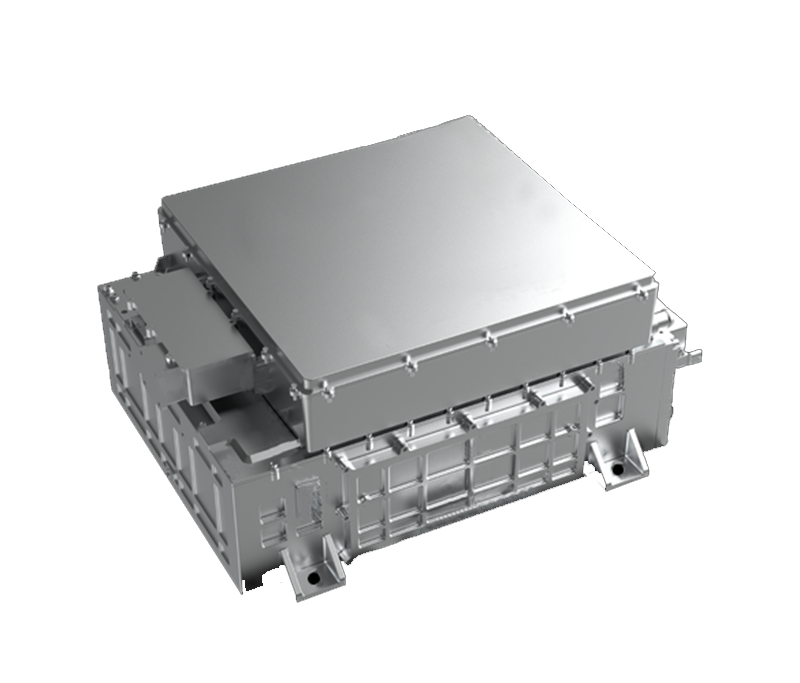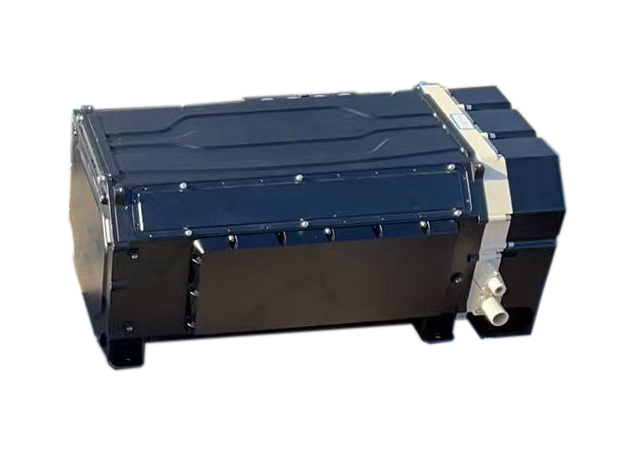Hydrogen Energy Cell Stack Housings: Key Building Blocks for Securing the Energy Future
In the wave of modern energy transformation, hydrogen energy, as a clean and efficient form of energy, is attracting attention. As an important part of the hydrogen energy battery stack, the stack shell plays a key role in protecting and supporting the operation of the stack.
The hydrogen energy battery stack shell refers to the external structure used to wrap and protect the hydrogen energy battery stack. Its main function is to provide mechanical support and protection, as well as to insulate and seal.
A hydrogen energy battery stack is a device that converts hydrogen and oxygen into electrical energy through an electrochemical reaction. A stack consists of a number of electrochemical cells stacked together to form a stack. Each electrochemical cell consists of an anode, cathode, and electrolyte, which are usually arranged in sheets or stacks of sheets.
The design and manufacture of the stack housing need to consider the following key factors:
Mechanical support and protection: The stack housing must be able to withstand the various forces and vibrations within the stack to ensure the structural integrity and long-term reliability of the stack.
Heat insulation: The hydrogen energy battery stack will generate a certain amount of heat during operation. In order to improve energy efficiency and stability, the stack shell needs to have good heat insulation performance to reduce heat loss and the impact of external temperature on the stack.
Sealing: Hydrogen is a gas that is easily leaked, so the stack casing needs to have good sealing performance to prevent hydrogen leakage and prevent foreign substances from entering the stack, avoiding damage to the stack and safety risks.
Lightweight: Hydrogen energy battery stacks are often used in applications such as automobiles and mobile devices, so the weight of the stack housing is also an important consideration. Lightweight design can improve the efficiency and performance of the overall energy system.
The stack casing is usually made of metal, alloy or composite material to meet the above requirements. The process of designing and manufacturing the stack housing needs to take into account factors such as the structural layout of the stack, thermal management system, gas flow, and stack maintenance to ensure the reliability and performance of the stack.
Zhengheng Power has provided cast aluminum parts for SPIC Hydrogen Energy Technology Development Co., Ltd., and has the ability and experience to provide high-quality solutions in the field of hydrogen energy battery stack housings. We are committed to providing customers with high-quality, customized stack housings, and contributing our strength to promote the sustainable development of hydrogen energy. Welcome customers to visit the factory for inspection!
Post time: Jul-24-2023












